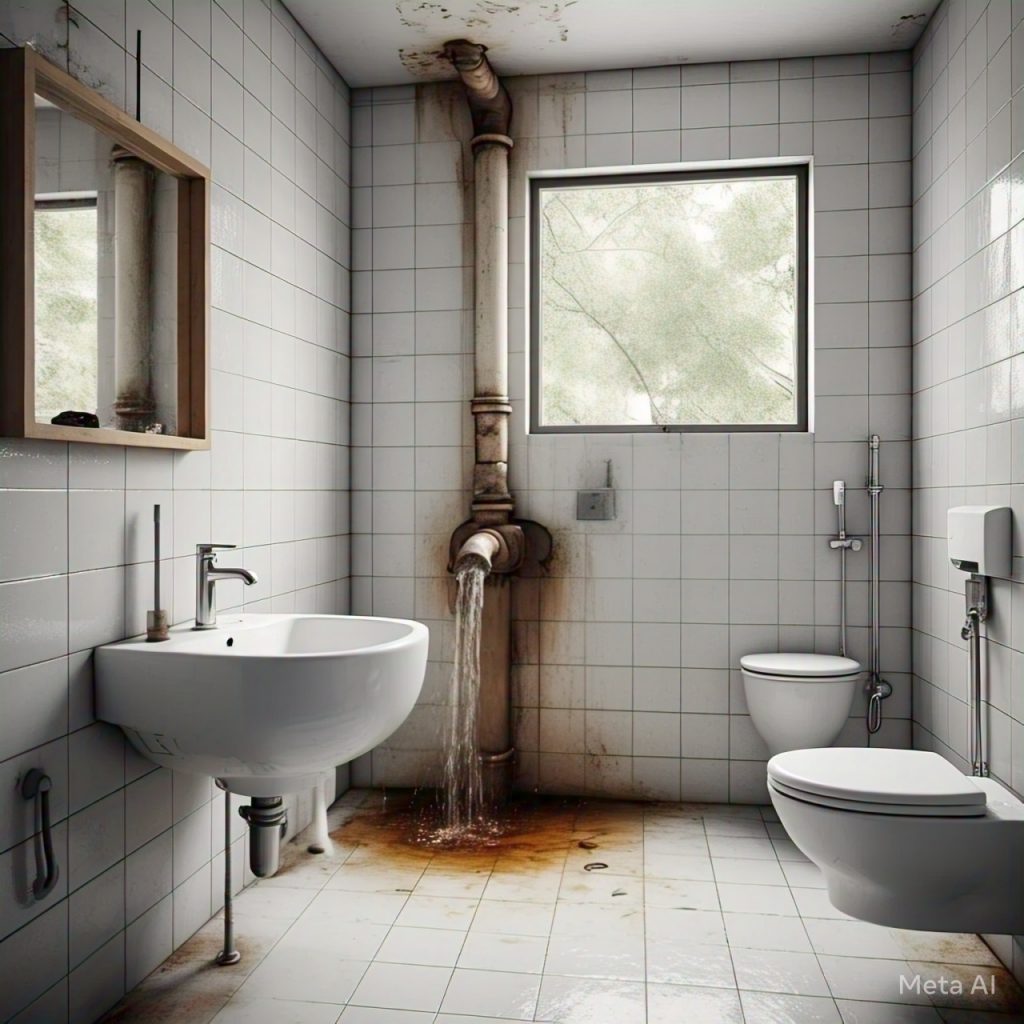Table of Contents
Mold growth is a common problem in homes, particularly in areas prone to moisture like bathrooms and crawl spaces. Not only is mold unsightly, but it can also pose serious health risks and damage your home’s structure. This comprehensive guide explores the causes of mold growth in these areas, what to do when it appears, and how to prevent and mitigate it effectively.

Mold Growth in Bathrooms and Crawl Spaces
Why Mold Grows in Bathrooms
Bathrooms are a hotspot for mold growth due to their high humidity levels and frequent exposure to water. Common causes of mold in bathrooms include:
- Poor ventilation, allowing moisture to linger.
- Leaky pipes or fixtures.
- Water splashes that are not wiped away.
- Damp materials like shower curtains, mats, and grout.
Why Mold Grows in Crawl Spaces
Crawl spaces are another area prone to mold due to their dark, damp, and often poorly ventilated conditions. Factors contributing to mold growth include:
- High humidity from groundwater or poor drainage.
- Leaks from plumbing or HVAC systems.
- Condensation on cold surfaces.
- Organic materials like wood or insulation that serve as a food source for mold.
Signs of Mold Growth
Detecting mold early can save you from costly repairs and health issues. Common signs include:
- Visual Indicators: Black, green, or white spots on walls, ceilings, or fixtures.
- Musty Odor: A persistent earthy or damp smell.
- Health Symptoms: Increased allergy symptoms such as sneezing, coughing, or skin irritation.
- Structural Issues: Warping or discoloration of surfaces.
What to Do When Mold Appears
When you spot mold in your bathroom or crawl space, act quickly to minimize damage and health risks.
1. Assess the Extent of the Problem
- Small patches (less than 10 square feet) can often be managed with DIY methods.
- Larger infestations may require professional help.
2. Protect Yourself
- Wear protective gear, including gloves, goggles, and an N-95 mask.
- Ensure proper ventilation by opening windows and doors.
3. Remove the Mold
- For Bathrooms: Use a solution of one part bleach to ten parts water to scrub affected areas. Rinse thoroughly and dry completely.
- For Crawl Spaces: Remove and dispose of moldy materials like insulation. Use a fungicide or mold cleaner to treat surfaces.
4. Fix the Root Cause
- Repair leaks or plumbing issues.
- Improve drainage around your home to prevent moisture buildup.
- Seal any cracks or gaps that allow water infiltration.
Prevention and Mitigation Tips
Preventing mold is far easier and more cost-effective than removing it. Here’s how you can keep your bathroom and crawl space mold-free:
1. Bathroom Mold Prevention

- Improve Ventilation:
- Install an exhaust fan and use it during and after showers.
- Open windows to allow fresh air circulation.
- Control Moisture:
- Wipe down wet surfaces after use, such as shower walls and sinks.
- Fix leaky faucets, pipes, or showerheads immediately.
- Keep It Dry:
- Use a squeegee to remove water from glass surfaces and tiles.
- Hang towels and mats to dry thoroughly.
- Use Mold-Resistant Materials:
- Opt for mold-resistant paint and caulking in damp areas.
- Replace porous items like shower curtains regularly.
- Clean Regularly:
- Use bathroom-safe mold cleaners to keep grout and tiles mold-free.
- Check hidden areas, such as under sinks and around toilets, for signs of mold.
2. Crawl Space Mold Prevention
- Improve Ventilation:
- Install vents or a crawl space fan to promote air circulation.
- Use a dehumidifier to maintain humidity levels below 60%.
- Waterproof the Area:
- Apply a vapor barrier to the ground to prevent moisture seepage.
- Seal cracks in foundation walls and floors.
- Ensure Proper Drainage:
- Direct downspouts and gutters away from the foundation.
- Install a sump pump if flooding is a concern.
- Inspect Regularly:
- Check for leaks, standing water, or damp insulation.
- Look for signs of pests, which can contribute to moisture issues.
- Use Mold-Resistant Materials:
- Choose treated wood and mold-resistant insulation for crawl space construction.
When to Call Professionals
Sometimes, mold problems can be too extensive or hazardous to handle alone. Contact a professional mold remediation service if:
- Mold covers an area larger than 10 square feet.
- You suspect black mold, which can be highly toxic.
- The infestation recurs despite your efforts to clean and prevent it.
- Structural damage or significant water intrusion is involved.
Professional remediation experts have the tools and expertise to:
- Identify the type of mold and its root cause.
- Safely remove mold without spreading spores.
- Restore affected areas to their original condition.
Conclusion
Mold growth in bathrooms and crawl spaces is a common but preventable issue. By understanding the causes and signs of mold, you can take proactive steps to keep your home safe and healthy. Regular cleaning, proper ventilation, and moisture control are essential for preventing mold. If mold does appear, address it promptly and thoroughly to avoid further damage and health risks.
For immediate assistance with Mold restoration, contact PuroClean Disaster Restoration, Call (+1) 317-467-4436 or (+1) 260-263-9788 for Fort Wayne location.
For severe infestations or persistent problems, don’t hesitate to seek professional help. Mold remediation experts can ensure your home is mold-free, protecting both your property and your family’s well-being.

 PuroClean Disaster Restoration
PuroClean Disaster Restoration